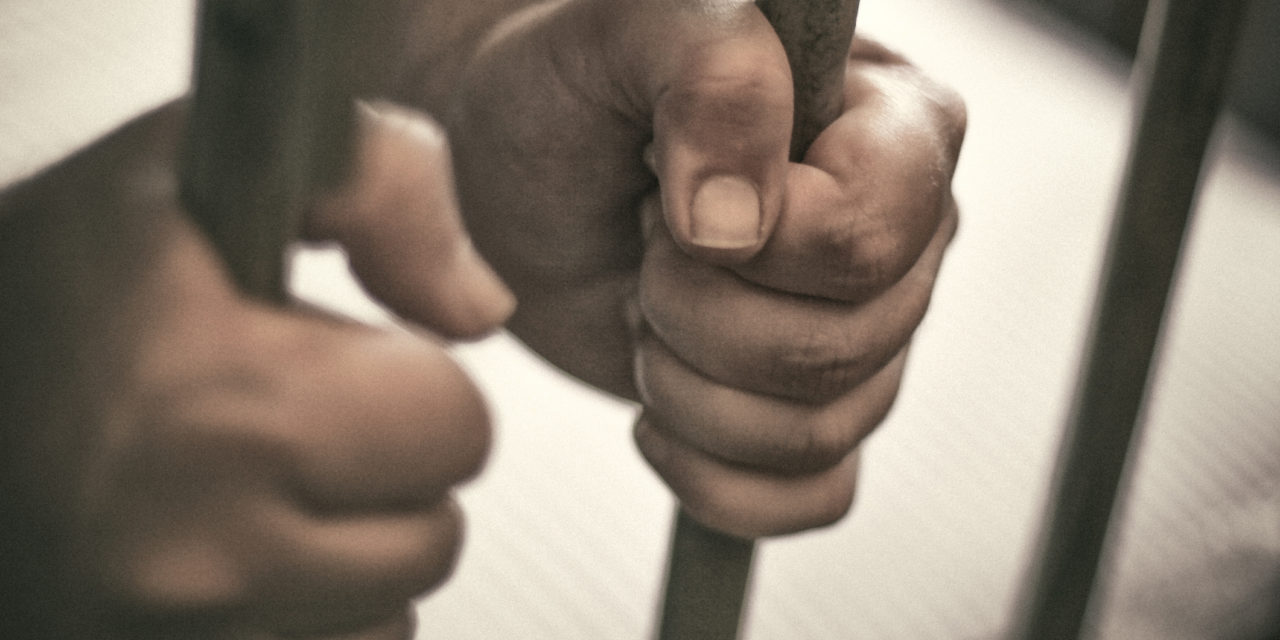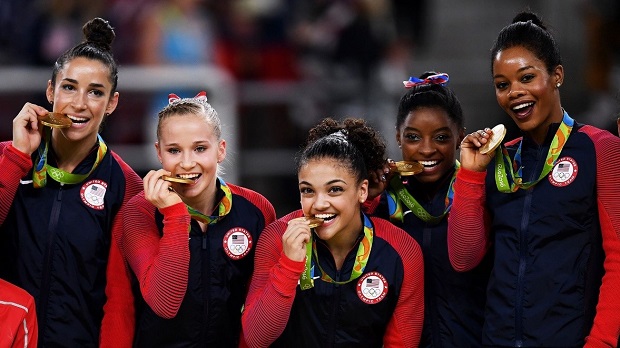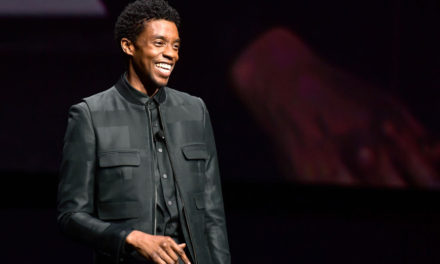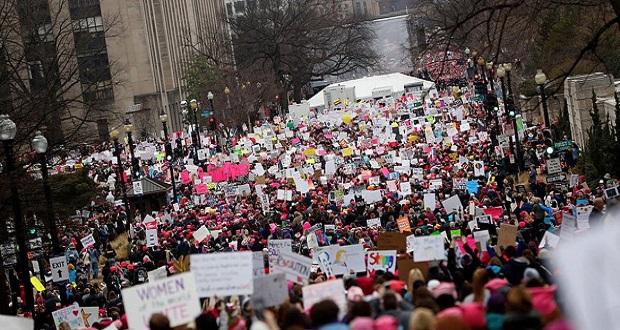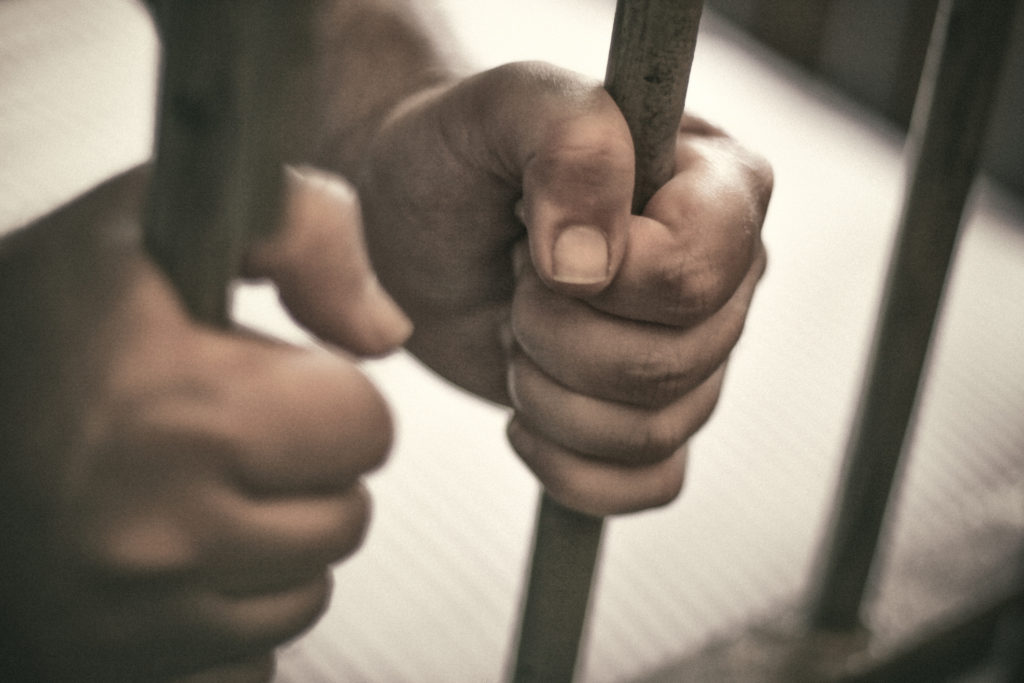
Last week, my colleague Thamara Subramanian elucidated the connection between voter suppression and the systemic oppression of Black, Indigenous, People of Color (BIPOC). Part and parcel with the voter suppression effort in a number of states are felony disenfranchisement laws. According to the ACLU, approximately 5.85 million Americans are prevented from voting under these laws, including nearly 1.5 million people in Florida alone.
To be clear, voter suppression in the form of felon disenfranchisement is not the end goal of mass incarceration, but it is a related secondary effect and speaks to the larger consequence of mass incarceration: the further oppression and marginalization of the poor and of BIPOC.
Felon disenfranchisement is not the end goal of mass incarceration, but it is a related secondary effect and speaks to the larger consequence of mass incarceration: the further oppression and marginalization of the poor and of… Click To TweetMass incarceration as a concept should be viewed through the actual impact it has on real people with real lives and families — from sentencing disparities to excessive punishment to inhumane prison conditions, it is ethically reprehensible — but the data is so stark that it’s helpful to the story to start there. According to the Equal Justice Initiative (EJI):
- The U.S. has 5% of the world’s population, but nearly 25% of its incarcerated population
- As a country, we spent $87 billion on jails and prisons (up from $7.4 billion in 1975)
- There are 2.2 million people incarcerated in the U.S. today, up from only 200,000 in 1972
It’s important to note that this state of affairs is a result of policy choices, not increased crime, and a decrease in prison population is not correlated with an uptick in crime rates.
The general consensus is that mass incarceration began with the fear-based and racist rhetoric of the “war on drugs” that led to increasingly harsh policies and sentencing, with incarceration growing at both the federal and state levels throughout the 80s — through such policies as mandatory minimum sentencing — and accelerating during the 90s (in part due to the 1994 Crime Bill). Some, on the other hand, contend that the primary cause was prosecutors and state and local policies.
Regardless, the outcome is the same: Black people, Indigenous Peoples, people of color, and poor people are incarcerated at rates grossly disproportionate to both their populations and the rate and severity of their crimes.
Black people, Indigenous Peoples, people of color, and poor people are incarcerated at rates grossly disproportionate to both their populations and the rate and severity of their crimes. Click To TweetMass incarceration is inequity and injustice made manifest. In a just and equitable society, a person’s freedom would not be contingent on the whiteness of their skin or the heftiness of their paycheck.
What, then, can an organization that is truly committed to equity and justice do?
As EJI puts it, you can learn, act, and teach.
Learn
Diving into the issues to educate yourself is a great place to start. Here are just a few of the many resources available that offer good primers:
- “Mass Incarceration in America, explained in 22 maps and charts” by German Lopez
- American Civil Liberties Union
- Equal Justice Initiative
- Brennan Center for Justice
- Vera Institute of Justice
Act
- Pledge not to benefit from, or be complicit in, the prison-industrial complex. This can mean either extracting from servicing all private and public prisons, or providing humane, high-quality services and living wage employment to incarcerated people.
- Ban your box. While 35 states have removed prior conviction questions from public sector job applications, only 13 states have mandated that private employers remove conviction history questions. Private employers do, however, have the option to remove these questions on their own. Doing so makes hiring practices more equitable and results in decreased recidivism (thus lowering the overall prison population).
- Support organizations. One of the most effective tools for change that private employers have is money. Consider financially supporting one of the many small or large organizations that work tirelessly to end mass incarceration.
- Volunteer to visit and support imprisoned people. Once involved inside prison walls, use that access to help people create and organize programs and resources that they need.
Teach
- Host an organization-wide event to raise awareness and as a call-to-action. This could be as involved as developing a long-term learning experience around criminal justice reform or as simple as hosting a screening of, for instance, 13th or a discussion of The New Jim Crow.
With the increased public outcry over our inequitable criminal justice system and politicians that are increasingly pushing for policy reform, America’s incarceration is continually decreasing. However, the share of population that is incarcerated is still higher in the U.S. than anywhere else in the world. Leveraging your individual and organizational power to push for criminal justice reform and policy change will be a critical component of realizing true justice for all.

